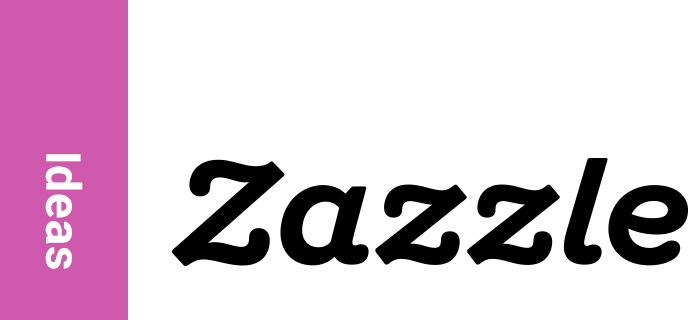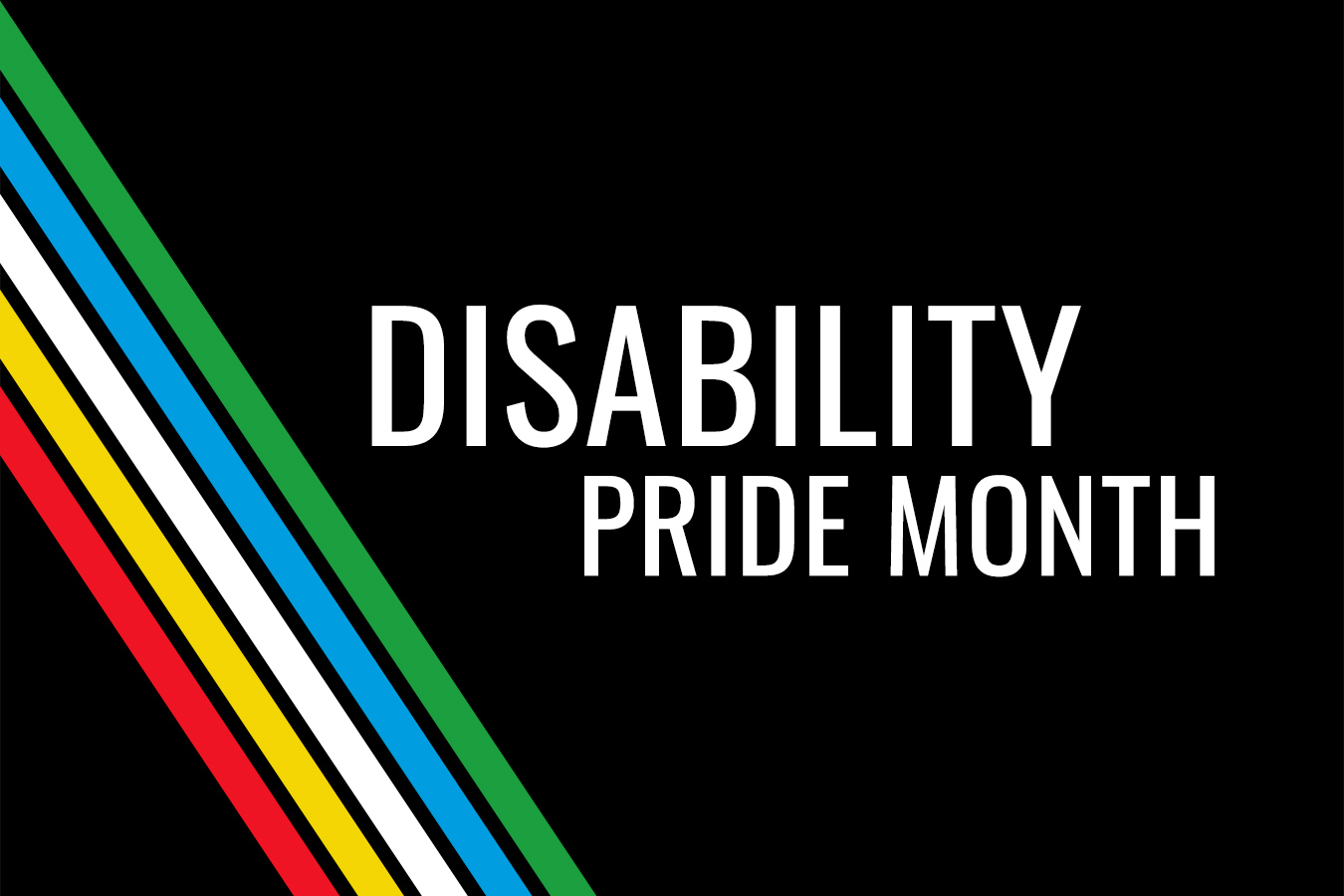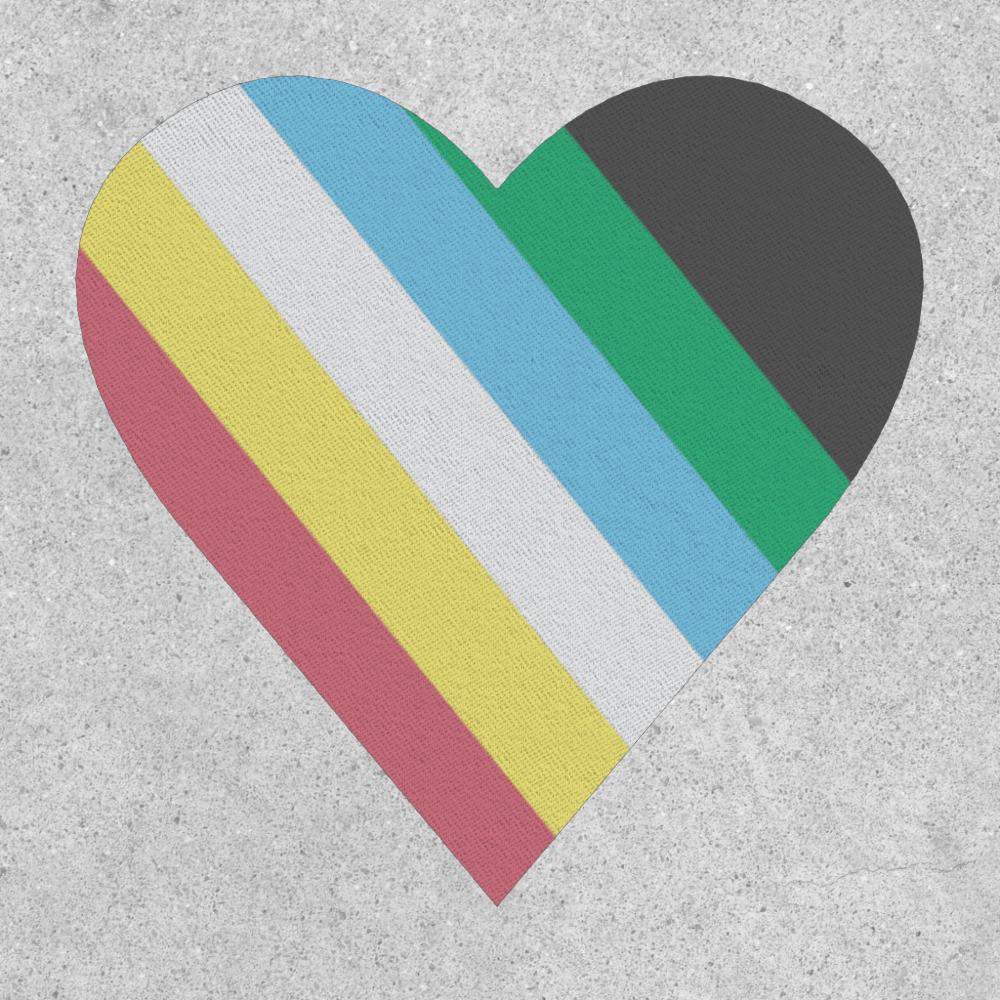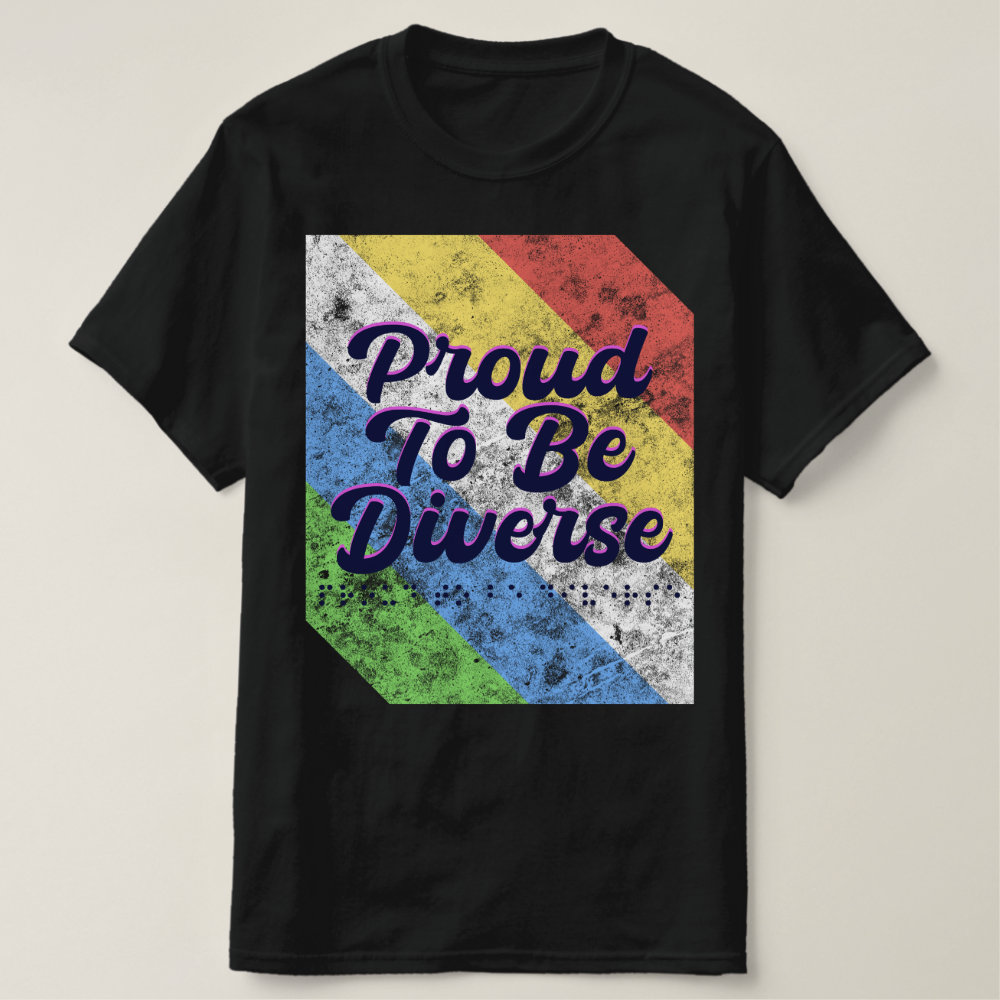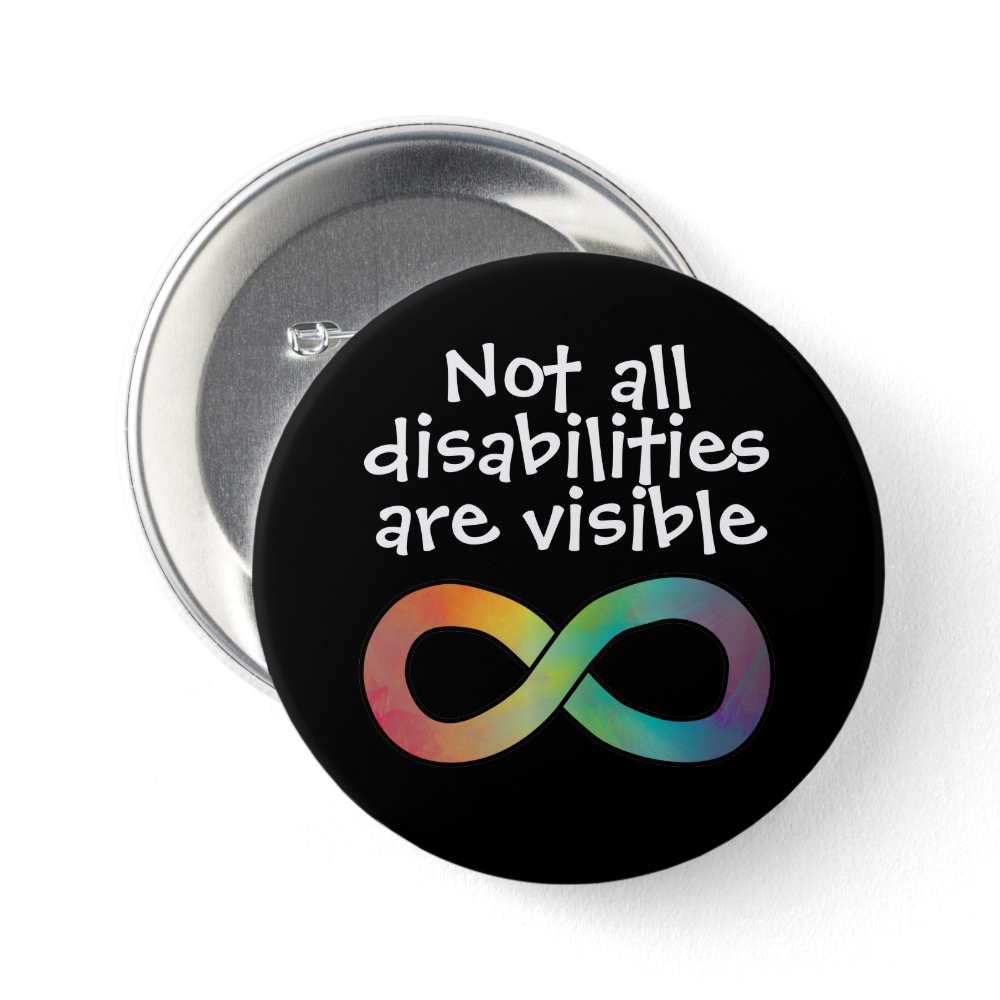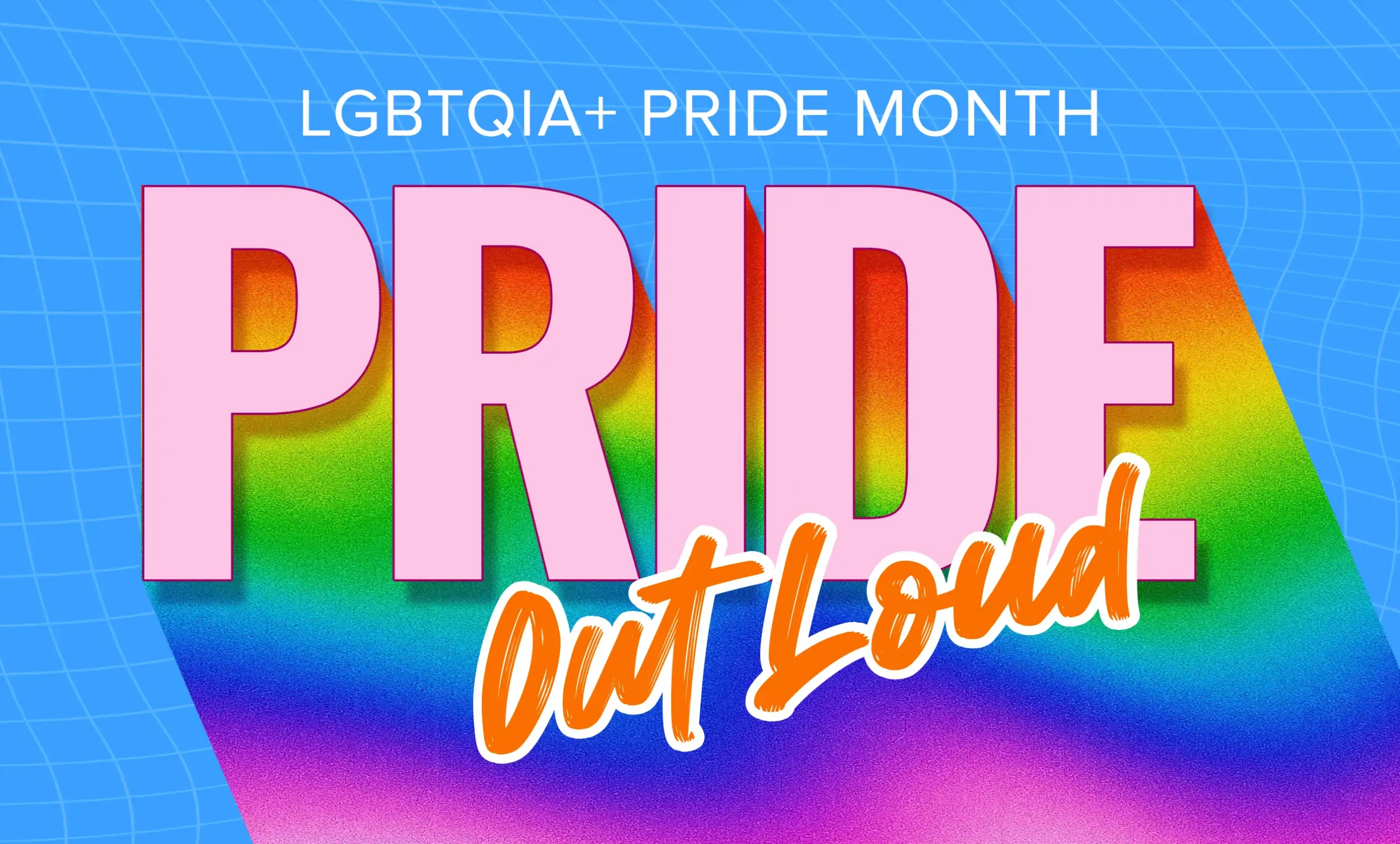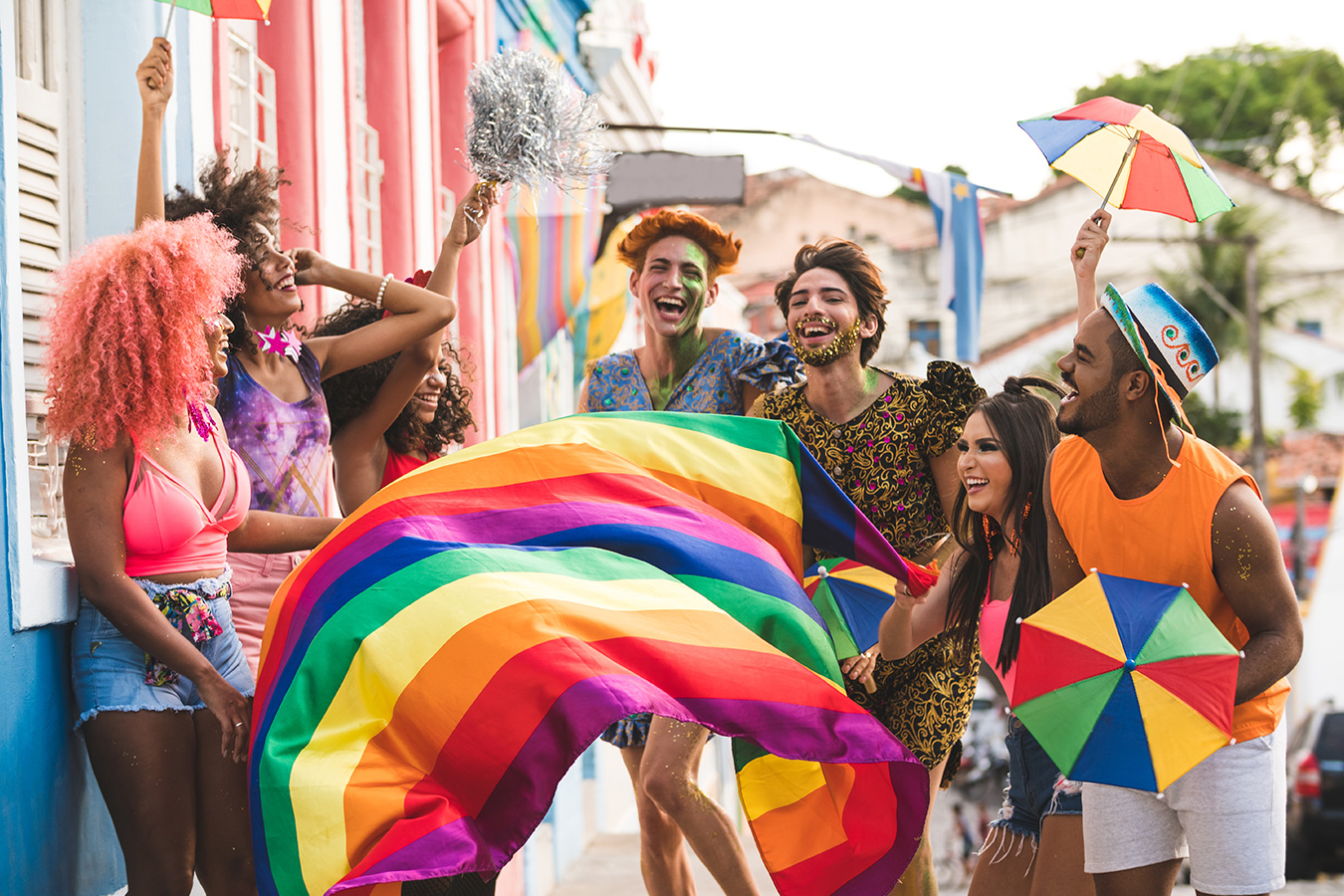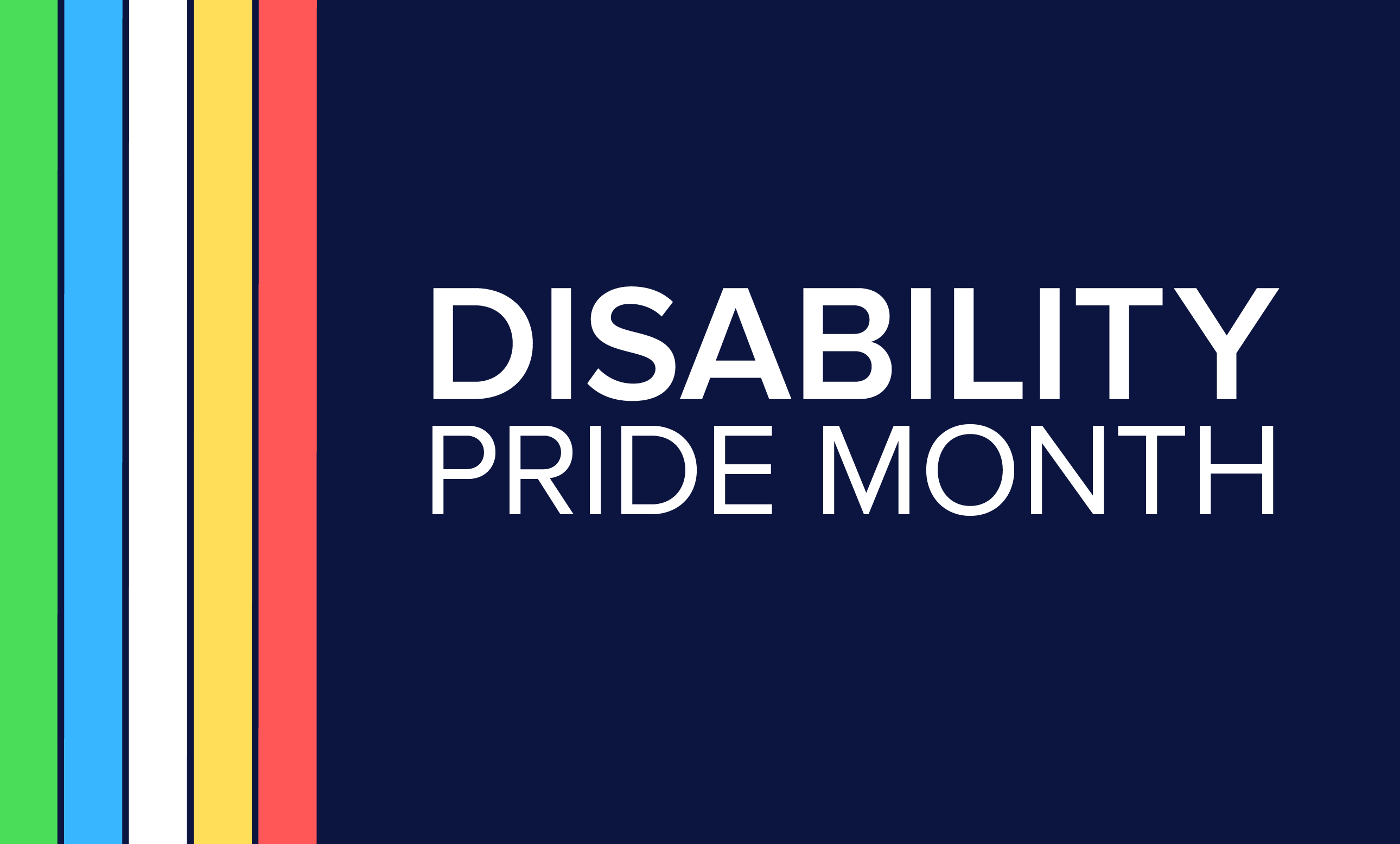July is here, and you know what that means — it’s time to celebrate Disability Pride Month! This annual festival is a vibrant, spirited event that recognizes the experiences and achievements of individuals with disabilities. This year, the theme is “We Want a Life Like Yours,” a powerful message from The Arc’s National Council of Self-Advocates. It reflects the disability community’s dreams for life experiences that they are too often denied.
This theme challenges us to evaluate the everyday opportunities and freedoms that many take for granted and highlights the importance of inclusivity and equal access. It’s a call to action, urging each of us to create environments where people with disabilities can thrive as students, employees, leaders, and active community members. To support this movement, you can educate yourself about the challenges faced by the disability community, advocate for accessible spaces, and amplify the voices of disabled individuals. Being an ally means listening, learning, and standing up for the rights and dignity of all people.
In this article, we’ll celebrate our Creators who live with disabilities and what the Disability Pride flag means to us. So buckle up, get ready to be inspired, and join us in celebrating the vibrant tapestry of disability pride!
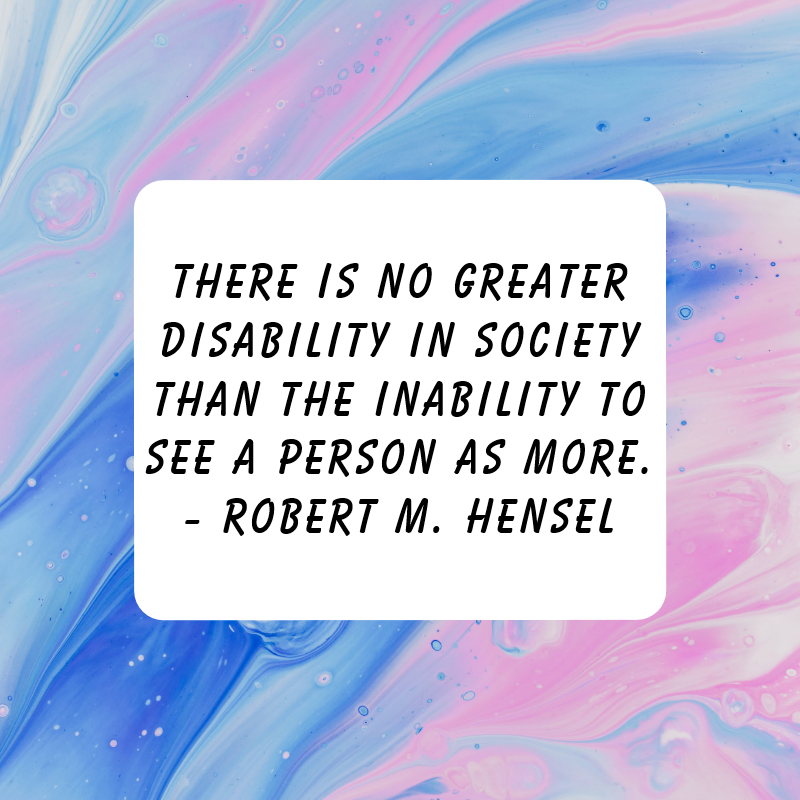
Living with Disabilities
In the spirit of diversity and inclusion, we reached out to our dynamic community of Independent Creators with a heartfelt question: “How has your disability played a part in your design work, if at all?” The responses we received were nothing short of inspiring. Each story is a testament to the unique perspectives and incredible resilience that individuals with disabilities bring to their craft.
Our Creators have navigated challenges and turned their experiences into sources of creative strength and innovation. Their journeys shed light on how living with a disability can profoundly influence and enhance the creative process. From redefining accessibility in design to expressing unique artistic visions, their stories offer valuable insights into the intersection of disability and creativity.
Here are some powerful and enlightening stories they’ve shared, showcasing how their disabilities have shaped their design work and enriched their creative journeys.

“At the age of 16, I was diagnosed with an incurable illness that changed the course of my life, eventually leaving me confined to my bed and using a wheelchair. It was during this challenging time that I discovered Zazzle and a love for designing personalized gifts. Being stuck in bed and having very limited contact with the outside world can leave you feeling isolated, but Zazzle gives me the opportunity to be a part of special moments in people’s lives. Although I’m not there when the gift is received, I love imagining the person opening the gift and the smile it brings to their face. One customer mentioned in a review that the recipient of a gift I designed cried when she saw it. Knowing that something I designed moved someone to tears brought me to tears. My store gives me the opportunity to feel like I can still play a role in other people’s lives even though I never leave my bed. I’ll never meet them or even know their names, but every day someone somewhere in the world uses or looks at something I designed and feels loved or appreciated. That’s a truly beautiful thing.”
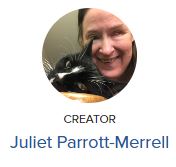
“Although it took me a very long while to find my way with Zazzle, working as a Creator and Affiliate on this platform has allowed me the opportunity to do what I love. This has helped supplement my income while still being able to easily meet my accessibility and lifestyle needs. This has encouraged me to feel more empowered as well as do something meaningful and be of service to others while taking care of myself first. PS: After 10+ years, I am less than $6 away from earning my bronze seller badge. Yay me!”
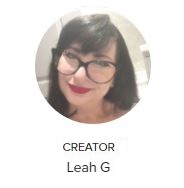
“My disability: Autism, Ehlers Danlos, Osteoporosis Osteoarthritis (Chronic Pain Issues). As a single parent of two amazing kids juggling work and chronic illness, I know all about facing challenges. Zazzle became my lifeline. It allowed me to work from home, managing my kids’ schedules and being the fulltime mom I always wanted to be – all at my own pace and with some much-needed comfort.”
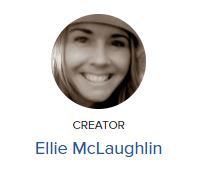
“My daughter has Autism, Cerebral Palsy, and an Intellectual Disability. She is my inspiration to bring awareness and acceptance to the neurodiverse community. She is the strongest, and most amazing person I’ve ever met and she inspires me every day!”
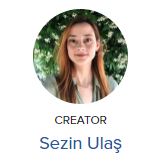
“I have been living with Rheumatoid Arthritis since the age of 10. Over the years, I have used various medications to manage my condition. Currently, my wrist is actively affected, which makes creating art challenging. Sometimes I need to rest my wrist, and these rest periods can last for several days. Despite this, I continue to pursue my passion by relying on my other hand to create my artwork. Thank you for listening.”
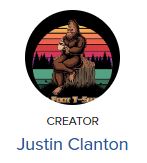
“I became disabled in 2015 after a semi truck accident that caused a spine and nerve damage injury. One year after my accident I started doing graphic design and opened my first store with Zazzle. To this day I am still working with Zazzle. I also work with people who have disabilities and teach them graphic design which gives them something fun to do and it’s a great way to make some extra income.”
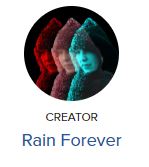
“I produce online art and digital photography because I lack housing and am reliant on disability benefits. Being able to be creative means a lot to me.”
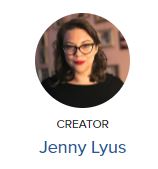
“My decision to move into surface design was influenced by energy-limiting chronic illness disability, especially the impairment of acquired dyslexia. My previous line of work was mostly word based and this became inaccessible. I found I had more stamina for art though. I also needed to find self-employed work I could do from home, as I am usually housebound, due to frequent paralysis episodes. Print on demand platforms appeal, because in theory they can be very accessible to people with fluctuating impairments. However, I found some platforms aren’t realistic for me, because their algorithms heavily favour recency or frequency of listings, this penalises anyone who experiences barriers to creating consistent listings. What I like about Zazzle is it appears to have more accessible algorithms. I’m only just getting started with Zazzle, but I’m hopeful that this could be an achievable new start, so any positive interactions with my store Giverly are much appreciated. ”
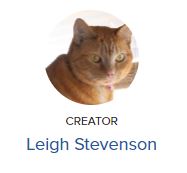
“I have MS, Parkinsons, and I am legally blind. I love Zazzle as it gives me an opportunity to be creative and make some extra money. My dream is to save enough money to fence my yard and get a small rescue dog for a buddy. Thanks to Zazzle that dream might be possible. ”
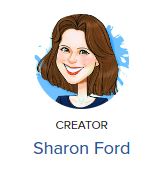
“After a beautiful life of physical strength, love, protection, and joy, I was forced out of my career on disability due to being injured at work. I feel as though (with severe scoliosis, kyphosis, and Tarlov cysts between each disk now due to the injury) I haven’t lived a day of the last 11 years of my life. Yet I get up each day and do the best I can all day, in pain. However, since 2006, I’ve designed on Zazzle. My life now is pitiful and a bit overwhelming to talk about, but I have hope, faith, and Zazzle! Creating on Zazzle brings me joy, and it brings GREAT JOY when customers thank me or leave nice reviews. I was always a giver, and I always wanted my parents that I adored and my friends to be thrilled with what I gave them. I want the same for Zazzle customers, and I only create on Zazzle because I know the quality of the product and quality of Zazzle’s people are top of the line. Zazzle has truly been my only joy (along with my two sweet dogs) since the disability. Zazzle is my daily smile. Thank you.”
What’s the Meaning of the Colors on the Disability Pride Flag?
The Disability Pride flag symbolizes the resilience, diversity, and lived experiences within the disabled community. Originally designed with various interpretations, one notable version assigns distinct colors to signify different disability categories. In 2021, Ann Magill led a redesign featuring muted colors and straight stripes, offering a new perspective. Here’s a detailed breakdown of this interpretation:
Black: The black background honors those in the disabled community who have passed away due to negligence, suicide, resistance, illness, and the historical impact of eugenics.
Red: Red signifies individuals with physical disabilities, highlighting their strength and resilience.
Green: Green stands for sensory disabilities, acknowledging conditions like visual and hearing impairments. It underscores the importance of accessibility and understanding sensory experiences.
Blue: Blue represents emotional and psychiatric disabilities, encompassing mental health conditions such as depression, anxiety, and bipolar disorder. It serves as a call to prioritize mental health awareness and support.
White: White symbolizes non-visible and undiagnosed disabilities, including chronic pain, autoimmune disorders, and other invisible conditions. It emphasizes the need for understanding and support for those with unseen challenges.
Gold: Gold celebrates neurodiversity, representing neurological differences such as autism, ADHD, and dyslexia. It promotes acceptance and appreciation for the unique strengths and perspectives of neurodiverse individuals.
It’s important to note that interpretations of the Disability Pride flag may vary, and the colors and meanings can be subject to personal or regional preferences. Regardless of the exact colors or interpretations, the Disability Pride flag serves as a powerful symbol of unity, pride, and advocacy for individuals with disabilities.
Each of us can identify with one or more colors of the Disability Pride flag, and we want to commend your efforts in living every day with resilience and strength.
At Zazzle, we proudly celebrate Disability Pride Month, committed to fostering a more inclusive and accessible world for all. This year’s theme reminds us not to judge anyone based on their physical appearance or their use of adaptive equipment. These don’t define their capabilities or limit what they can achieve. We invite you to share your own experiences of living with disabilities or how someone you know overcomes them in the comment section below.
We hope you have a joyous month celebrating each and every one of you!
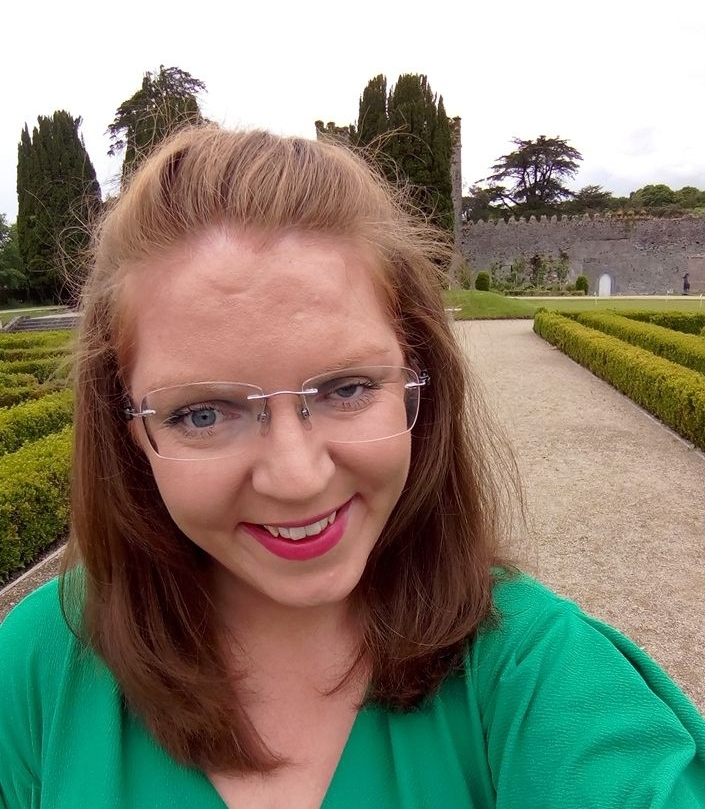
Hazel is a content specialist that reigns from the amazing land of Cork, Ireland. If her natural red hair doesn’t showcase her Irish roots, her love of humor and spontaneous outbursts would be a clear indicator. When she’s not looking out for her amazing team mates, she’s usually re-writing song lyrics – tirelessly trying to incorporate them into her writing pieces. She has a quirky, lively, and caring personality and her little dog Eddie makes her the happiest overall.
